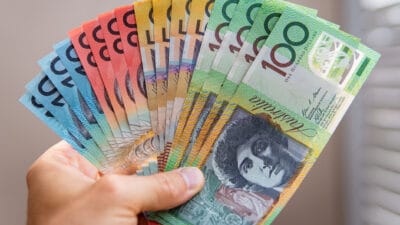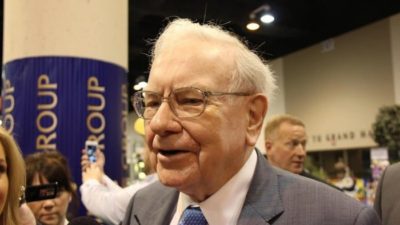Interest rates have shot higher since mid-2022 as the Reserve Bank of Australia (RBA) tries to lower inflation. With the RBA cash rate now sitting at 4.1%, term deposits are offering investors a much higher rate of return and it's more competitive with ASX shares.
Savers can now get an interest rate from term deposits of more than 5% (according to Canstar), which may be appealing considering it's risk-free. This is much better than what was on offer at the start of 2022.
This is great for households that don't want to see their wealth exposed to volatility. But there are some hidden risks to term deposits.
Term deposits vs ASX shares
Capital preservation may be the most important thing for some people, which is fine.
But if we think about what's going on with inflation, a 5% interest rate isn't actually enough to compensate the saver for the decline in 'real' value of those dollars.
According to the Australian Bureau of Statistics (ABS), the annual CPI inflation figure for the 12 months to June 2023 was 6%. Unless we get a 6% interest rate, the value of our cash has been eaten away by however much lower than 6% the term deposit rate is.
Putting $5,000 into a term deposit with a 5% interest rate would mean inflation eats away 1%, or $50, of the $5,000. The saver's cash would be worth $4,950 after adjusting for inflation.
The only return that we can get from a term deposit is the interest.
Good ASX shares may be able to deliver a combination of both dividends and long-term capital growth. No one can say what return ASX shares are going to produce in the short-term, but the longer term has usually been positive.
For example, the Vanguard Australian Shares Index ETF (ASX: VAS), which tracks the performance of 300 of the largest Australian businesses, has returned an average of 8.8% per annum (not including the franking credits) since it started in May 2009.
There have been plenty of other investments that have delivered stronger rates of long-term returns than what the VAS ETF has, such as the exchange-traded fund Vanguard MSCI Index International Shares ETF (ASX: VGS) or the diversified investment house Washington H. Soul Pattinson and Co. Ltd (ASX: SOL).
As a whole, ASX shares have outperformed the current (high) inflation rate and delivered good dividends. However, it must be said that the ASX share market returns are certainly not guaranteed to beat 6%, particularly in shorter time periods.
Emergency funds are important
Keeping some cash aside for an emergency is important. We never know when an emergency is going to happen – that's why it's an emergency!
Each Aussie adult needs to decide how much cash they need in an emergency fund – it may need to be enough to replace a car, or perhaps amount to multiple months of living expenses in case of a job loss.
For the purposes of an emergency fund, it's worth considering a high-interest savings account that we can easily withdraw from (without losing interest). Pulling money out of a term deposit for an emergency could mean forfeiting all of the interest generated during the term.
Compounding can make a big difference
If we were to assume that a term deposit would pay a 5% interest rate for the next 20 years, which is definitely not a guaranteed thing if inflation falls and the RBA cuts rates, then a $5,000 term deposit would grow into $13,266.
Investing the $5,000 into ASX shares that make an annual return per annum of 9% over 20 years would grow into $28,000. Finding some good (ASX) shares that are able to compound the $5,000 at a rate of 11% per annum could turn into $40,000 after 20 years.









